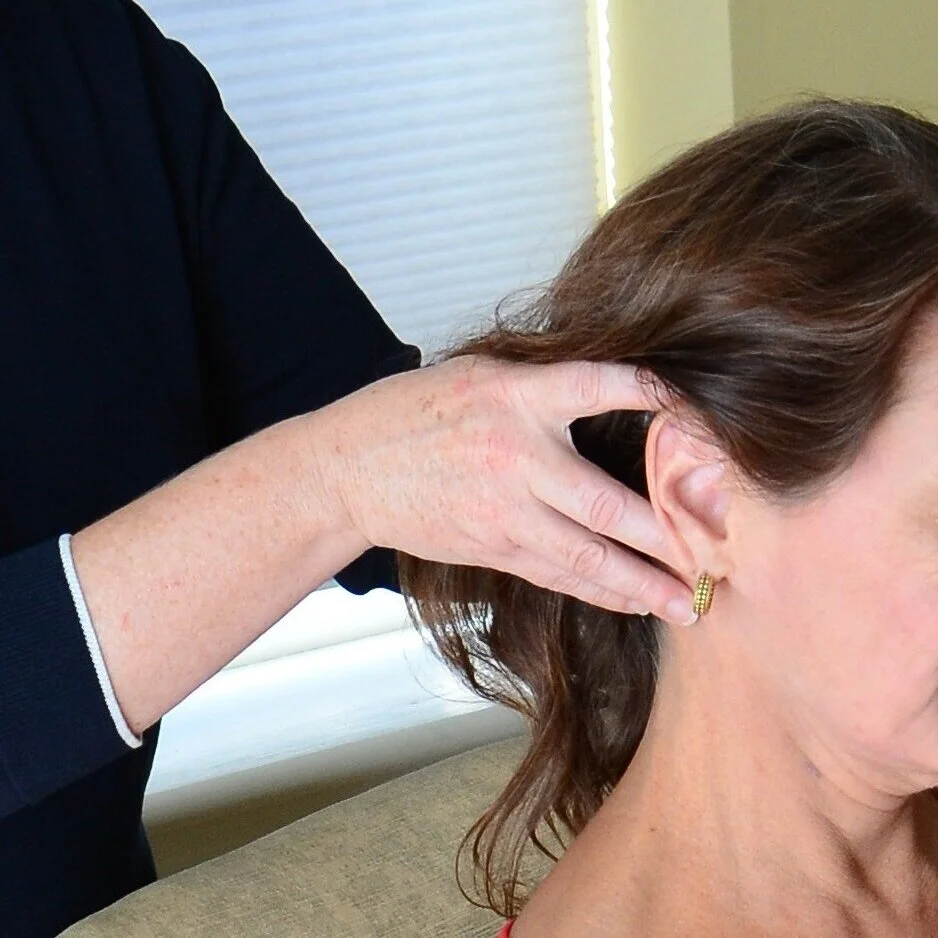Alexander Technique
Discover How.
Amy's expertise and gentle help has taught me a lot about how to use and move my body optimally. Her guidance and nurturing touch has helped me improve my posture and I’m more aware of how I move. If you have not yet experienced Alexander Technique, then I highly recommend that you do so as soon as possible. You will feel wonderful! — Penny S.
What is the Alexander Technique?
“The Alexander Technique doesn’t show you something new to do. It teaches you how to bring more practical intelligence into what you are already doing, how to eliminate stereotyped responses, how to deal with habit and change. It leaves you free to choose your own goal but gives you a better use of yourself while you work toward it.”
It’s Simple.
Alexander Technique teaches how to do what you do, in both everyday activities and specialized situations. How we sit, stand, walk, breathe: the way we use ourselves affects how we experience life. Alexander Technique reveals how unconscious habits of excess tension and inefficient ways of moving interfere with our natural ability to live with ease and enjoyment. These constant habits eventually produce pain, fatigue, discomfort, and even disease. Learning Alexander Technique is one of the best ways to eliminate those habits and feel better. When you recognize your habits, you become free to make simple changes that heal and restore your body-mind balance. You wake up to yourself.
It’s Powerful.
Guided by the teacher’s light, supportive touch and verbal cues, you’ll explore how you are designed to move and begin some new ways of thinking in activity.
Photo by Jano Cohen
More than a treatment, Alexander work is an active exploration that changes the way you think and respond to whatever life throws your way. You gain a skill set that can be applied in every situation. Alexander lessons leave you feeling lighter, freer, and more grounded.
It’s Proven.
This is not a quick fix or the latest fad. This unique approach evolved more than a century ago from the pioneering work of F. M. Alexander (1869-1955), whose discoveries about human psycho-physical functioning are tried and true. The work has been tested and currently undergoes ongoing research worldwide. One study published in the British Journal of Medicine, shows the positive effects of Alexander Technique on low back pain. It is endorsed by doctors, therapists, performing artists and entertainers, ergonomics experts, and a wide range of individuals around the world. People with chronic pain, depression, respiratory problems, and post-traumatic stress disorder (PTSD) credit Alexander lessons as a key component in their recovery.
Each time I have been blessed with immediate, therapeutic results, and impressed by how much I learned about my body that I was able to integrate so quickly. — Sarita G.
What problems or situations call for learning the Alexander Technique?
It could be said that all human activity can potentially be enhanced and supported by applying F. M. Alexander’s principles. Here is a short list of reasons people typically study AT:
Common Conditions helped by Alexander lessons:
I am very happy to be learning all this now and Amy is a wonderful teacher. I only wish I had pursued it a decade or so ago. Learning to move more easily and naturally would probably have prevented the injury that finally brought me here. — Jane S.
Alexander Technique allows me to feel calm and clear no matter what I am doing. It helps me be aware at work, in exercise, and in every daily task. Each lesson leaves me with a dollop of mindfulness to spread throughout whatever happens next. — Mark P.
Head and Neck Pain
Chronic Back Pain
Sciatica
Spinal Misalignment
Repetitive Motion Injuries
Breathing Difficulties
Post-Traumatic Stress Disorder (PTSD)
Depression
Recovery From Surgery
Pregnancy
Postpartum Recovery
Activities enhanced by Alexander lessons:
Performing Arts: Dance, Acting, Voice, Instrumental
Public Speaking
Sports: Tennis, Golf, Riding, Running, Biking
Childbirth and Childcare
Continuous Sitting or Standing on the Job
Daily Living
Visit the Resources page to find other descriptions of Alexander Technique, its uses, benefits, and history.
How many lessons will I need?
Photo: Jano Cohen
Alexander Technique is best learned one-to-one in a series of lessons, ideally once a week. It is possible to have a single lesson once in a while, but you probably won't see lasting change that way.
While it varies greatly depending on your condition and what you want to change, most people find they need between 10 and 30 lessons to gain basic skills and understanding, and start living with freedom and ease. Consider this an investment in your well-being, a commitment to your future self.
In-Person and Online Instruction
Alexander online can be very useful, although the experience is different than hands-on learning in person. Online lessons will continue to be offered for those who prefer to learn this way, or who are at a geographic distance from the Yardley studio.


